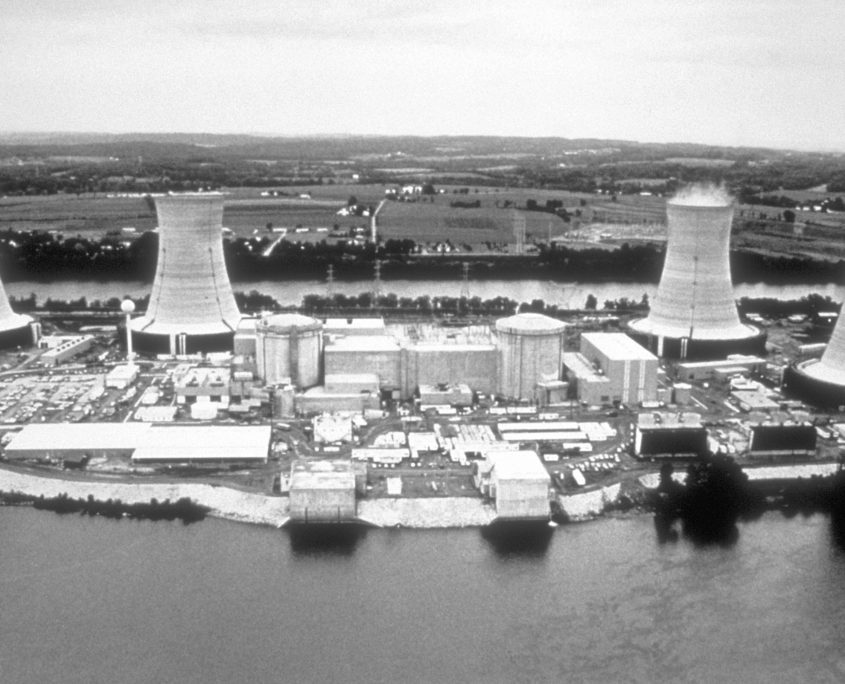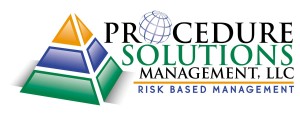Can Technically Correct Procedures and Work Instructions Fail?

Over the last 58 years, the nuclear industry and its workers have gained vast experience as the performance expectations improved significantly post Three Mile Island (TMI). Procedures and work instructions have evolved from simple “to-do” lists to detailed “step-by-step” instructions with specific usage requirements.
Despite extensive regulatory and performance based focus, the nuclear industry continues to experience procedure and work instruction related events. Unfortunately, many of these industry events trace back to documents that were evaluated through Quality Assurance Program controlled processes and deemed to be technically correct.
In an effort to improve human performance, industry leaders, such as the Electric Power Research Institute (EPRI), Nuclear Energy Institute (NEI), Institute of Nuclear Power Operations (INPO), and the Procedure Professionals Association (PPA) have responded to this challenge by creating or revising industry standards with a focus on eliminating human error likely situations while maintaining the standard requirements for technical adequecy. Although these new/revised industry standards are available, nuclear power stations’ programmatic controls typically focus on compliance with Regulatory Guide 1.33, Quality Assurance Program Requirements, and ANSI N18.7-1976/ANS-3.2 Administrative Controls and Quality Assurance for the Operational Phase of Nuclear Power Plants. While it is true that procedures and work instructions evaluated under these controls may be technically “correct,” it is also true that focusing solely on adherence to these controls leads to missed opportunities in eliminating human error likely situations which leads to human errors and plant events.
At this point, the question routinely asked is…
“How after over 30 years of safe operation could we be in a position today where our procedures and work instructions, as identified by the staff, are lacking sufficient detail, are poor in quality, and, in some cases, do not meet industry standards while also containing numerous human performance challenges?”
To answer that, lets consider the following…
Shippingport Atomic Power Station was commissioned in 1958. Over the last 58 years, the commercial nuclear industry and its workers have grown and matured together. They have gained vast experience as the performance expectations improved significantly post Three Mile Island (TMI). Procedures and work instructions have evolved from simple “to-do” lists to detailed “step-by-step” instructions with specific usage requirements. Today, we must recognize we are at a crossroads.
As these highly experienced nuclear workers retire, they are replaced by workers from other industries or workers just entering the workforce. These workers have not grown with the industry as it has developed, nor been privy to the the same experiences and growing pains. Thus, the modern nuclear worker requires a different type of tool that is not only focused on its technical adequacy, but is also developed to specifically address potential human error likely situations that the original workforce learned as the industry has evolved.
The original nuclear workers did not grow-up with computers as their primary tool to support their success as compared to the modern nuclear workforce today. As such, how the modern nuclear worker receives and comprehends information is not the same as what was envisioned with the release of Regulatory Guide 1.33 and ANSI N18.7-1976. Therefore, today the emphasis on human factoring during the development of procedures is essential versus a focus on ensuring only technical adequacy.
Today’s workers have grown up receiving, assimilating, and comprehending information differently. For example, a study conducted by the American Press Institute in 2015 revealed that Facebook was the number one news source for millennials on thirteen of twenty-four topics that were surveyed and number two on seven others. According to the same study, when these individuals want to delve deeply into a subject, the majority don’t turn to newspapers, radio, or television. Instead 57% go straight to a search engine. Social interactions are evolving as well thanks to the introduction of SMS, Twitter, Instagram, Snap-chat, etc. where all of this communication is performed in short bursts of information. Basically, these workers expect to communicate and receive information in this manner. When handed a 100 page technical document where it is common to find multiple thoughts per step and vague interpretive guidance, the gap from their norm introduces a significant human error likely situation.
Conclusion
Technically Correct Procedures and Work Instructions can still fail, especially when you take into account the aging workforce, the experience levels of those entering the workforce, and changes in technology and information consumption. In order to prepare procedures and work instructions for the new nuclear workforce, a new paradigm is needed with the following considerations:
- The nuclear industry must recognize that the quality assurance standards content as it relates to procedures and work instructions has not been revised since the mid 1970’s with regards to procedures and work instructions. The requirements do not support the modern nuclear work force as it is evolving today. Quality assurance standards should be evaluated with a specific focus on human performance versus a technical only approach.
- The industry standards created by EPRI, INPO, NEI, and the PPA are essential tools that should be considered for placing a greater emphasis on the human factors associated with technical writing versus a focus on technical writing alone.
- Nuclear Power Reactor Operators must recognize that the tools designed to improve human performance require a trained “human factored” technical writing staff that is available to continually create or revise procedures to the newer industry standards.
For more information on Human-Factored Writing and other Procedure Writing Tips, subscribe to our blog using the link to the right of this post. Or, visit our services page for more information on our staffing, training, or consulting services.











This is a large issue that is being faced by other industries not just in the Energy and Nuclear fields. Attention is needed for many other critical environment businesses that require a high degree of procedural compliance and industries facing the aging workforce hitting retirement age. I have attempted to incorporate some of these lessons learned into my current industry procedures.